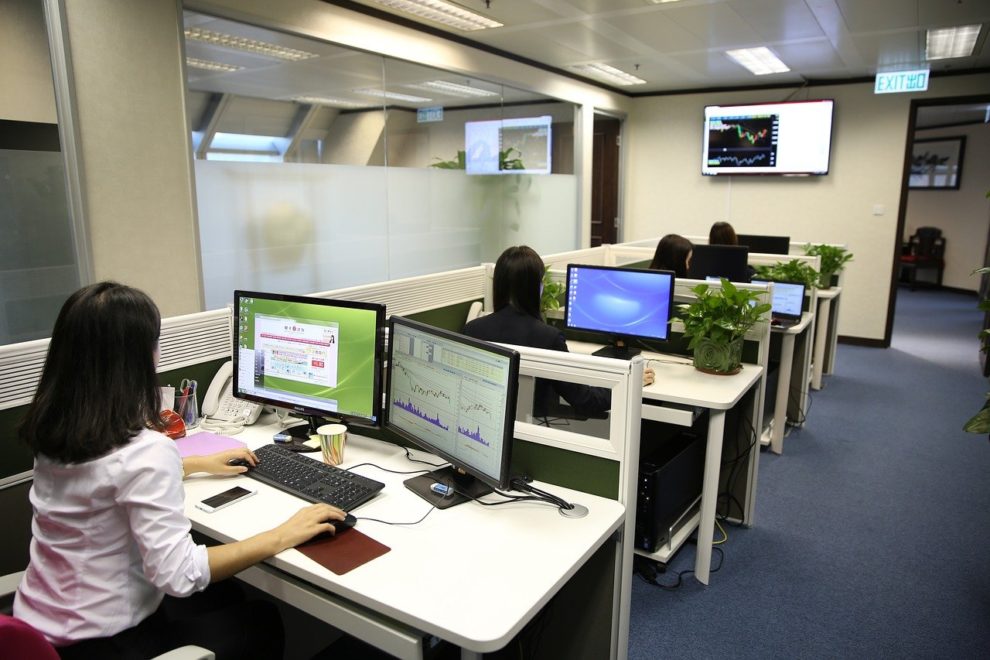Modern digital workplaces wouldn’t survive without advanced tools and applications. It’s estimated that smaller companies use tens or even hundreds of apps to optimize their business processes, while this number soars to thousand of digital solutions when it comes to large enterprises.
It’s not surprising that employees can spend hours jumping from one tool to another to get some job done. While an abundant tech stack is necessary for business optimization and growth, application overload may stifle employees’ productivity and waste their precious time.
So what can you do to prevent this frequent context switching shatter your employees’ focus, affecting their productivity and performance?
Before you implement effective strategies to improve employee efficiency by limiting the number of apps used, you need to see how tiresome and time-wasting this app switching can be for your employees.
The Toll of Constant App Switching
Although you may think that it takes just a couple of seconds to switch from one task to another, the toll of app-switching is more demanding. When employees switch their focus from Google docs to email, for example, they need some time to adjust to a different interface, layout, and purpose of the app. This may be mentally challenging and focus-shattering at the same time.
This context-switching can be challenging when you tackle only two different apps. Imagine what happens to the focus and attention of workers who tend to switch across more than ten different apps and tools throughout the day.
According to neuroscientists, when you to jump from one app to another often, your brain increases the production of cortisol, a stress-inducing hormone. This slows your employees down, making it harder for them to stay focused.
The question is how much energy and time do employees need to invest when working this way?
An experiment conducted on 22 different teams showed that an average employee spent 2 seconds on each switch, going back and forth between different apps and websites around 1,200 times every day. This data proves that employees spend about 4 hours a week trying to regain focus after app switching. When you look at the big picture, context switching eats up almost 5 weeks of employee work hours annually.
This is a staggering time-loss statistic. You may wonder what you can do to minimize the negative impact of context switching on your employees’ productivity and engagement.
First, you need to improve your business practices because poor work organization drives your employees to jump from one app to another constantly.
Then you can revise and reevaluate your tech stack and decide what apps you can do without, optimizing the number of tools that your employees have to use to complete their tasks.
By improving business processes and the number of apps used, you may successfully battle the app switching issue, boosting your employee productivity by sharpening their focus.
Here are several efficient tips you can use to achieve this goal.
Identify Blind Spots of Your Business Processes
To solve the problem, you need to identify when your employees switch between different apps and how outdated processes disrupt their workflow. Software for employee monitoring that runs in the background may offer you a detailed insight into what apps and websites your employees use to finish their tasks and how much time they usually spend on these.
You can use this information to identify the apps that your employees are struggling with and offer additional training and guidance. More importantly, if you see that your employees tend to check their inboxes every now and then, failing to complete critical tasks, you can remind them of priority tasks and help them be more time efficient by introducing some effective time management strategies into their workflow.
Redistribute Workloads to Limit App-Switching
Tasks that involve frequent switching from various sheets to email, for example, can be boring and demotivating. Employees tackling these tasks constantly may become overwhelmed and distracted, leading to disengagement. So if you want to boost their motivation and productivity, you need to involve them in creative work more where they can use different skills and show their full potential.
Luckily employee tracking system data can help you see the time spent on employees’ tasks and projects, helping you to distribute menial and creative tasks equally across teams. In this way, you can boost employee motivation and productivity without overwhelming them with work-for-work tasks.
Final Words
Consistent app switching can be a significant time-wasting distraction that prevents your employees from focusing on meaningful tasks.
Fortunately, with the help of advanced digital solutions for work tracking and effective strategies, you can help your employees break this habit, and become more productive and time efficient.
